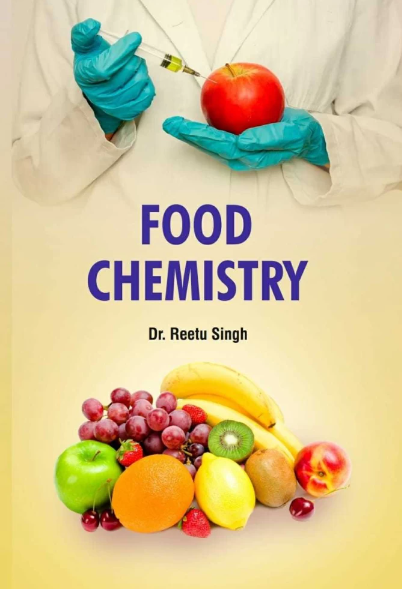Occurrence and risk assessment of mycotoxins and their modified forms in maize from typical planting regions of China
IF 8.5
1区 农林科学
Q1 CHEMISTRY, APPLIED
引用次数: 0
Abstract
Mycotoxin contamination in maize has been a longstanding public concern. This study developed a high-performance liquid chromatography tandem mass spectrometry method for the analysis of 17 mycotoxins and investigated the contamination characteristics of maize grains from three planting regions in China. The results revealed that a total of 12 mycotoxins were detected, with co-occurrence rates of at least 2, 5, and 10 mycotoxins in maize being 69.9%, 30.1%, and 1.0%, respectively. Risk assessment indicated that deoxynivalenols (DON,15AcDON,3AcDON), fumonisins (FB1,FB2) and zearalenones (ZEN,ZAN,α-ZEL,β-ZEL) posed no potential health risks. However, when the three regions were evaluated individually, the estimated daily intake (EDI) value at P95 exposure level for rural male children accounted for 136.6% of the group Tolerable Daily Intake (TDI) for zearalenones in southwest mountainous planting region. Meanwhile, the EDI values (P95) for these three types of mycotoxins in other population groups and regions did not exceeded their respective group TDIs.


中国典型种植区玉米真菌毒素及其改良形态的发生与风险评价
玉米霉菌毒素污染一直是公众长期关注的问题。本研究建立了高效液相色谱串联质谱法分析17种真菌毒素,并对中国3个种植区玉米籽粒的污染特征进行了研究。结果显示,共检出12种真菌毒素,玉米中至少2种、5种和10种真菌毒素的共现率分别为69.9% %、30.1% %和1.0% %。风险评估结果显示,脱氧雪腐镰刀菌醇(DON、15AcDON、3AcDON)、伏马菌素(FB1、FB2)和玉米赤霉烯酮(ZEN、ZAN、α-ZEL、β-ZEL)无潜在健康风险。然而,当三个地区单独评估时,农村男性儿童在P95暴露水平下的估计日摄入量(EDI)值占西南山区种植区ZENs群体可耐受日摄入量(TDI)的136.6 %。与此同时,其他人群和地区对这三种真菌毒素的EDI值(P95)均未超过各自的群体tdi。
本文章由计算机程序翻译,如有差异,请以英文原文为准。
求助全文
约1分钟内获得全文
求助全文
来源期刊

Food Chemistry
工程技术-食品科技
CiteScore
16.30
自引率
10.20%
发文量
3130
审稿时长
122 days
期刊介绍:
Food Chemistry publishes original research papers dealing with the advancement of the chemistry and biochemistry of foods or the analytical methods/ approach used. All papers should focus on the novelty of the research carried out.
 求助内容:
求助内容: 应助结果提醒方式:
应助结果提醒方式:


